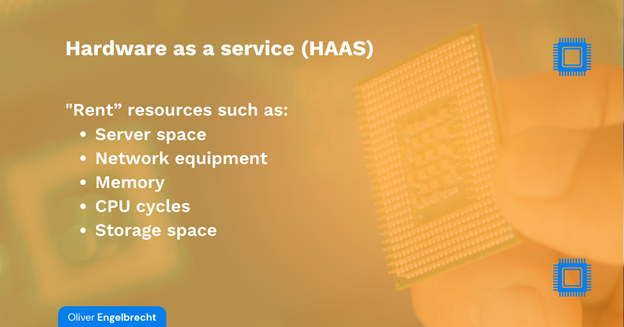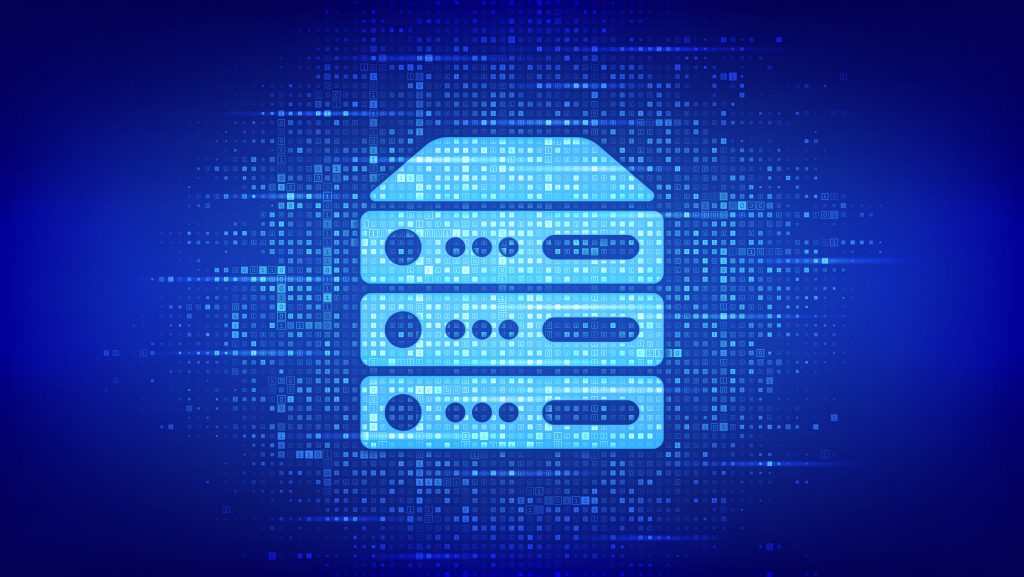
“Sourcing processes can be as challenging and complex as they come,” says Zurich-based Procurement Executive, Oliver Engelbrecht, a highly experienced enabler of top level teams and optimiser of business. In this article, Oliver shares insights with Smart Procurement on one of the most dynamic trends in sourcing – hardware.
For sourcing and procurement professionals, the future isn’t about fancy high-end gadgets as it is about identifying new solutions for long-term efficiency and continuous business growth.
We all know about the enormous potential of digitalisation for the entire business landscape, and how massively it has evolved over the past few years, opened up new opportunities, encouraged development, and enabled sustainability.
Lively evolution of technology and business processes has also moulded several major sourcing trends that should be considered, focused on, and efficiently used when taking a long-term approach. These trends are clustered around topics such as:
- hardware
- software
- direct material
- data
- professional services
- telecommunication
Sourcing can be highly impacted by the latest solutions and innovations, not least in the realm of hardware.
What is hardware sourcing?
It’s an improvement of connectivity, quality, expandability, and reliability of your organisation by getting the highest quality hardware and equipment at the best price possible, fully compatible with its network, and easily upgradable.
Basically, it needs an efficient holistic strategy about planning, purchasing, ongoing service cost management, and environmental initiative.
There are numerous types of hardware you can buy for your business, as they can vary between one that’s being used to support your system (servers, networking, etc.) and hardware that is being used by end-users (laptops, computers, smart devices in general). Hence, a solid hardware procurement policy is essential in order to ensure the most efficient purchasing decisions and value for money.
Like other segments of sourcing, hardware sourcing can be divided into:
Strategic sourcing

Tactical sourcing

Hardware Sourcing Benefits
- Faster and more efficient procurement
- Visibility & control over supply chain management
- Maximised ROI on tech spend
- Minimised total cost over the asset lifecycle (average yearly decline is 14%)
- Energy savings
- Environmentally friendly

Various hardware sourcing strategies can be beneficial to organisations, whether they involve technology itself (characteristics/performance/support), suppliers, additional staff, outsourcing, or geography in general. Either way, a total cost of computing, networking, and storing is essential for going forward.
An interesting fact is that outsourcing has become a solid option, especially when it comes to efficient solutions (rather than just servers), fast networking and big data. Something where Titan SIM is a good example.
Sell & leaseback
Hardware can make processes and performance of your organisation thrive while giving your clients/customers the best experience possible. One of the good ways to use its potential while monitoring your cash flow, increasing flexibility, and hitting targets is the lease sourcing option.
Hardware lease and rental represents a tailor-oriented solution that can provide a solid cost and energy-efficient programme for each organisation, backed with proper support (even marketing) across its entire life span.
Although it’s still a lease and the technology is outsourced, this option can benefit your company long term in many ways, from unique micro-niche financial aspects, better access to personalised know-how solutions, easy implementation, or legal expertise.
Hardware as a service (HAAS)
Another valid option, depending on the approach of each company, hardware-as-a-service procurement model (also called HaaS) is similar to a leasing or licensing way of sourcing, where hardware belongs to a service provider and is packaged in a personalised monthly fee solution that includes hardware, software, maintenance and (occasionally) installation. A slight difference is that with HaaS, customers actually pay for services, not things as it often includes a service-level agreement (SLA).
HaaS allows you to “rent” resources such as:
- Server space
- Network equipment
- Memory
- CPU cycles
- Storage space
This strategy makes sense because most hardware is basically a depreciating asset, so it’s smart not to own it.

Lifecycle management
Before your organisation actually purchases hardware, there are several major pitfalls to consider first. The most important one is the hardware lifecycle.
Basically, it’s the lifespan of your entire equipment – a way to understand how long it will take before your “gear” becomes too costly and risky for you to maintain.
For example, a typical server has a five-year lifecycle of working at optimal, warranty-covered performance. After this period is up, numerous things can go wrong for your organisation, as all previous support stops.
Hardware trends to watch
Although companies are highly aware of the cost, performance and green agenda, significant initiatives are being made around innovations. One of the best descriptions about these topics includes:
- servers (lower cost, decreased power spend, lower emission)
- the evolution of devices (innovations in weight, speed, mobility, cost efficiency)
- printers (cheaper production, better security, better support, integration with document management systems, lower energy consumption)
- innovations around virtualisation solutions

Conclusion
In the last couple of years, industry developments caused trends in procurement, with major changes in technology, strategic approaches, process implementations and adaptations. Companies are innovating in different ways, and hardware is a huge part of that equation. Hence, it is crucial to continue making improvements in the ways they source it.
We will discuss more IT sourcing tips at the 3rd Annual IT Sourcing Summit taking place on 8 June 2022. The summit shows what every CPO and CIO must know to get ahead of the technology revolution. This year’s summit also provides a one-stop shop approach for CPOs, CTOs and CIOs to view IT solutions in the DEMO sessions.
Hear from:
 David Loseby, MCIOB Chartered, FAPM, FCMI, FCIPS Chartered, FRSA, Former Group CPO, Rolls Royce
David Loseby, MCIOB Chartered, FAPM, FCMI, FCIPS Chartered, FRSA, Former Group CPO, Rolls Royce
 Dirk Karl, Group Executive: Chief Procurement Officer & Member of the Board Global Sourcing Company (GSC), MTN
Dirk Karl, Group Executive: Chief Procurement Officer & Member of the Board Global Sourcing Company (GSC), MTN
By Oliver Engelbrecht, CEO and Founder, Titan Solutions, Zurich and Umgebung.



























